Countermeasures to reduce high-order harmonics of asynchronous motors
The objective existence of teeth and slots in the stator and rotor cores of the motor, the non-orthodox waves in the spatial distribution of the winding magnetic potential, and the uneven saturation degree of the magnetic circuit system all lead to the existence of high-order harmonic magnetic fields in the motor air gap magnetic field to varying degrees.
High-order harmonic magnetic fields will produce additional torque that is detrimental to motor performance. The additional torque is either asynchronous or synchronous.
In the asynchronous additional torque, the fifth and seventh harmonic magnetic fields have a greater impact; the asynchronous additional torque will cause the torque characteristic curve of the motor to be distorted and the starting performance of the motor to deteriorate. If the pole pair number of a harmonic magnetic field established by the rotor current induced by a certain harmonic magnetic field of the stator is equivalent to the pole pair number of another harmonic magnetic field, then at a certain specific speed, the two stator and rotor magnetic fields with equal pole pairs rotate synchronously in space and are in a relatively static state, for this reason, a synchronous additional torque equivalent to a synchronous motor is generated; if the synchronous additional torque happens to occur in a specific state of zero speed, the motor may not be able to start.
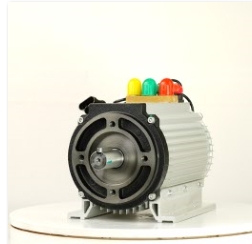
In order to effectively reduce the impact of additional torque on motor performance, necessary adjustments and controls are generally carried out based on reducing and eliminating high-order harmonics.
Stator or rotor skew slots are one of the more commonly used measures. From the perspective of the convenience of the manufacturing process, rotors are mostly equipped with skew slots, which is particularly effective in controlling electromagnetic noise in motors. However, the use of skew slots will also result in a decrease in the power factor and maximum torque of the motor due to the increase in leakage reactance.
Adjusting the air gap between the stator and rotor is also a relatively easy measure to take. By adjusting the unevenness of the stator and rotor air gap, or directly increasing the air gap between the two, it will also have a better effect. However, when this measure is taken, it will lead to the adverse effects of increased motor excitation current and poor power factor.
In the motor design, fractional slot windings should be avoided as much as possible; the use of short-pitch and integer slot windings can effectively avoid fifth and seventh order harmonics; the reasonable selection of stator and rotor slot combinations can eliminate the influence of synchronous additional torque.



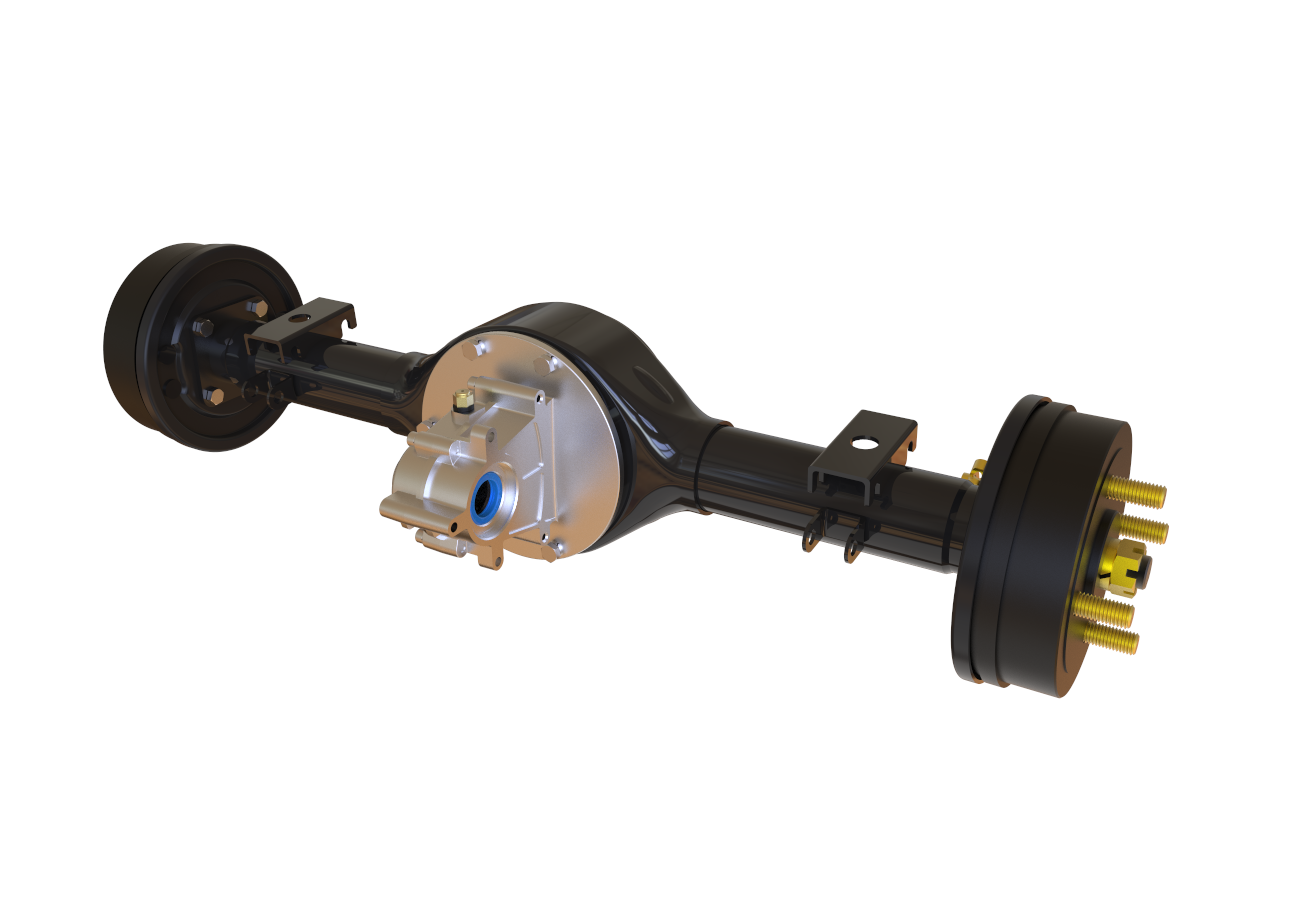


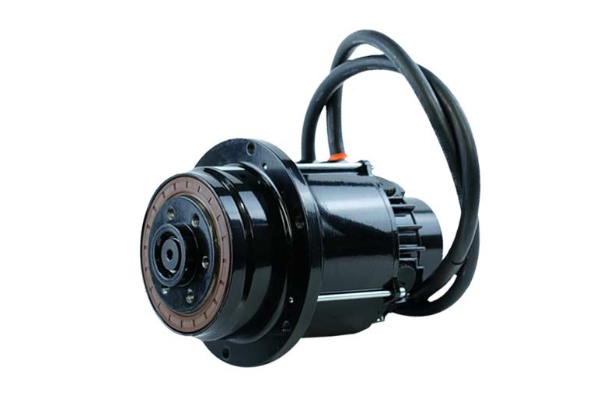
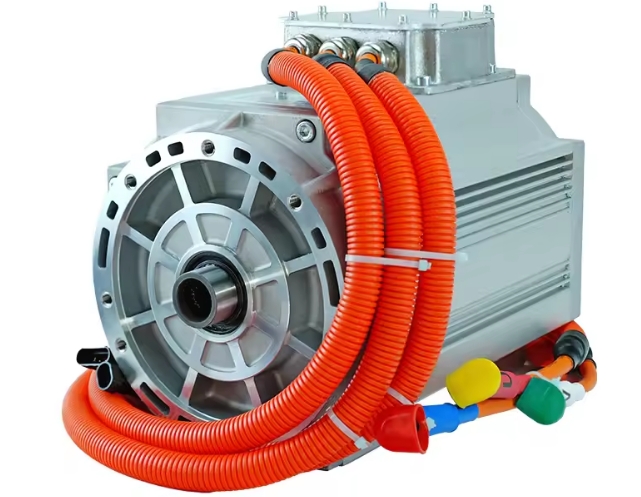
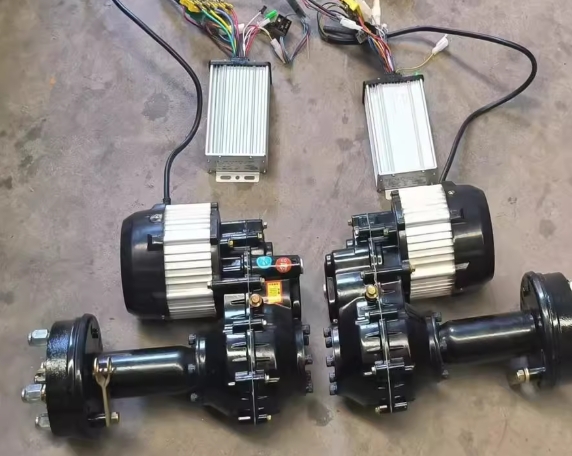
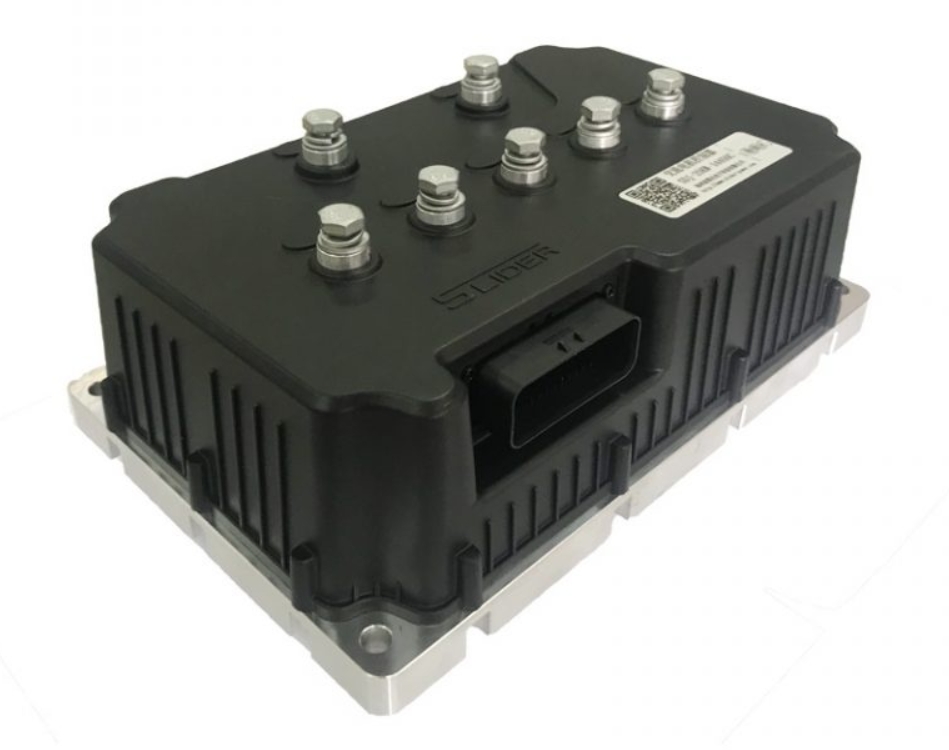

















 XINDA
XINDA